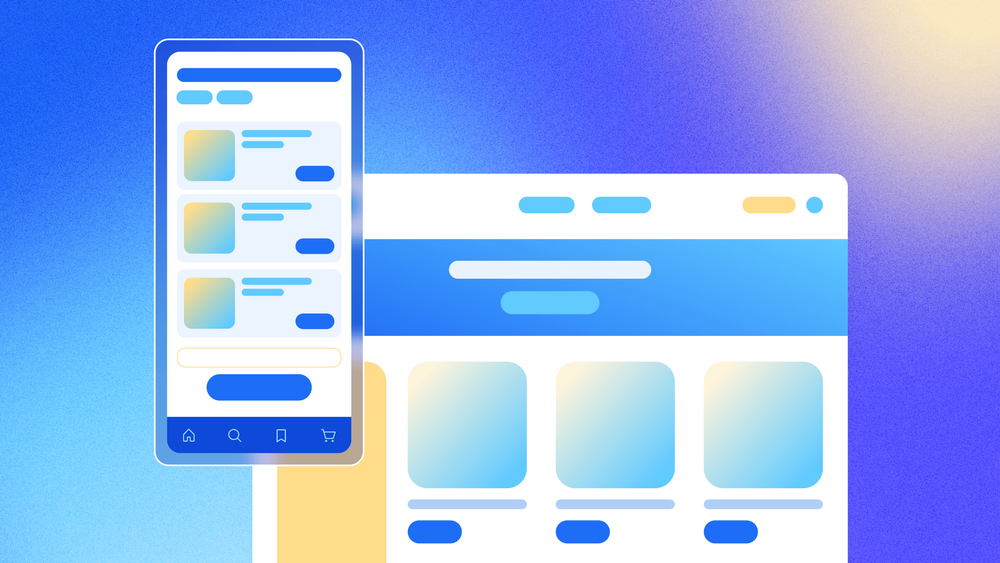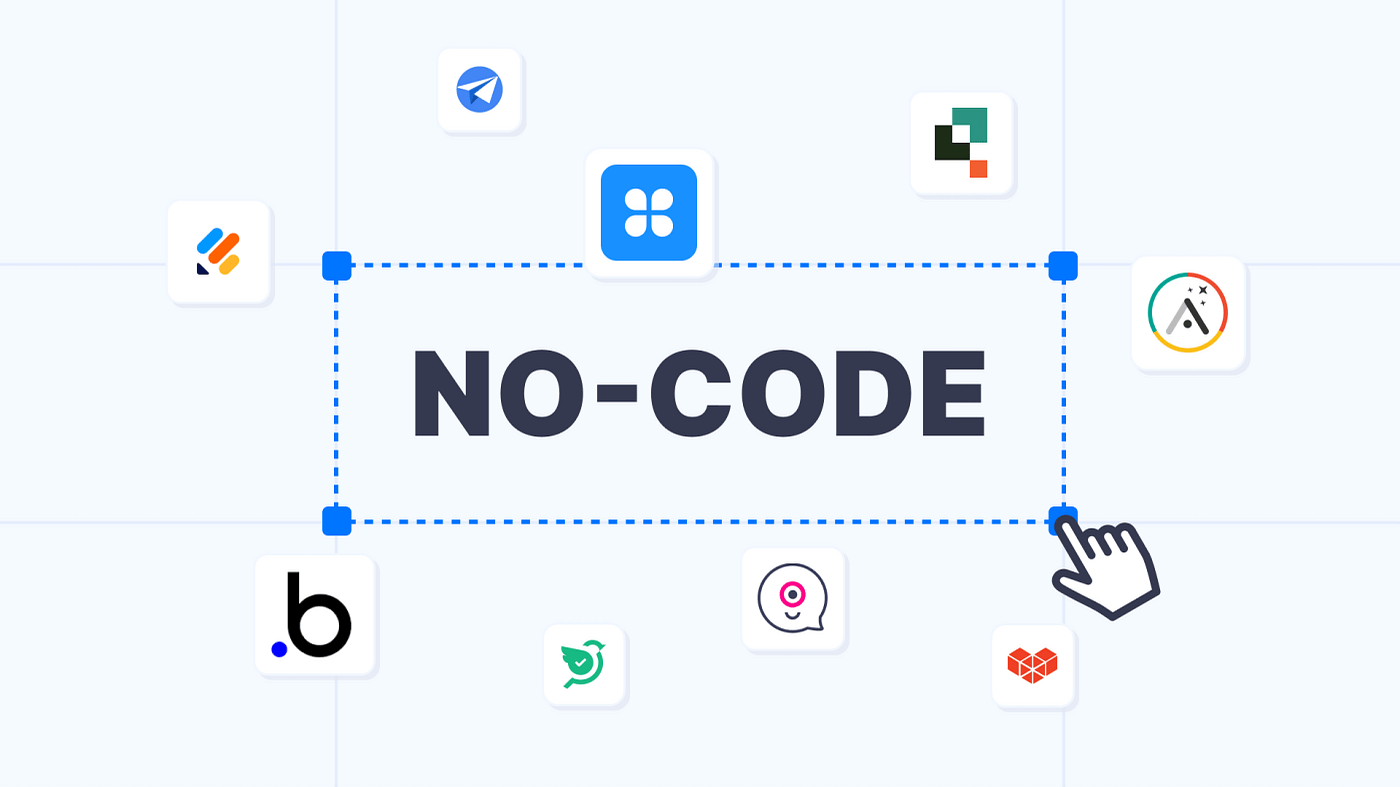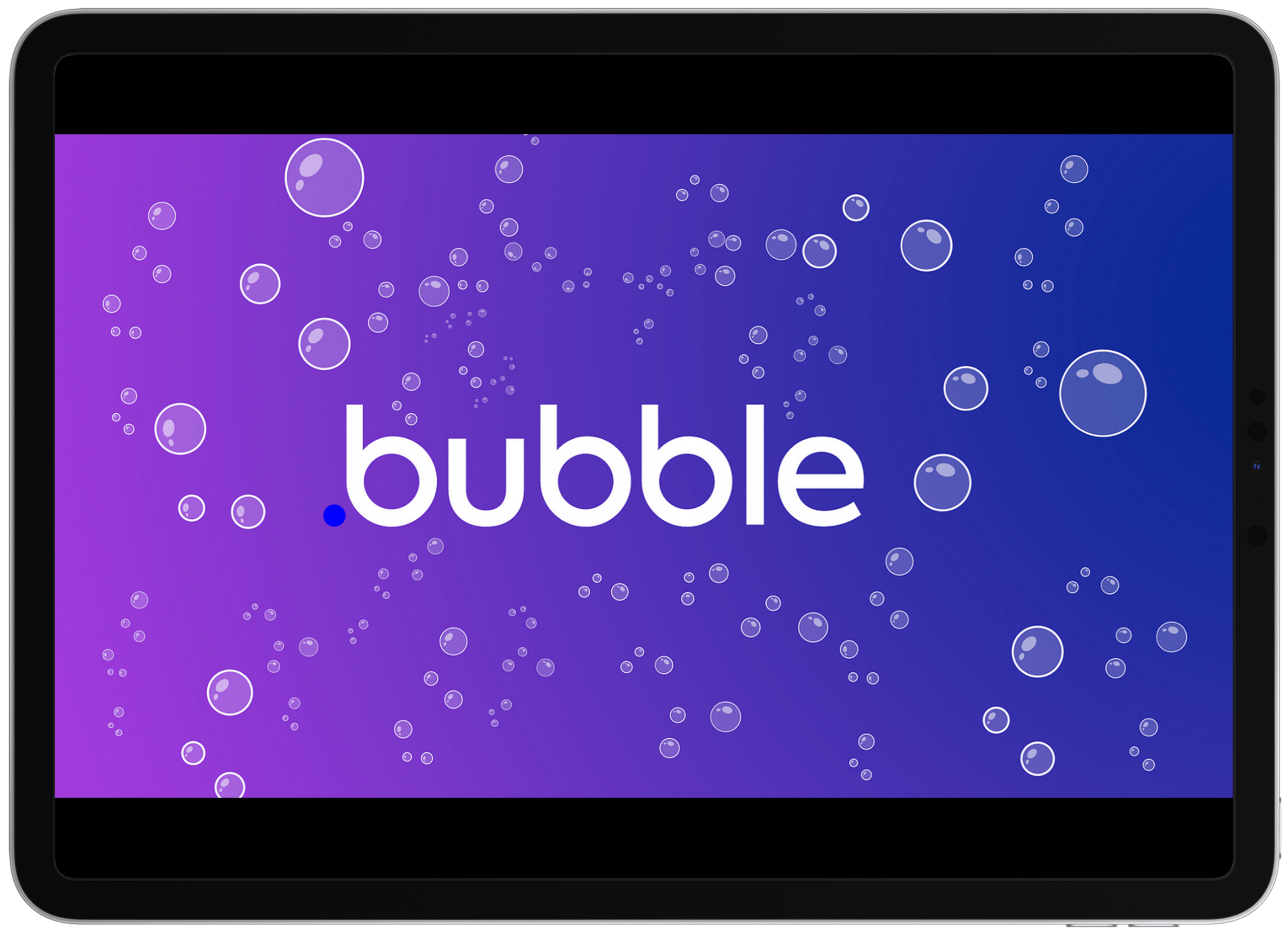As a web developer, the tools I choose directly impact the results I deliver. I discovered Bubble a few years ago, and it completely transformed the way I approach web development. Bubble is a no-code platform that allows you to build complex web apps without writing traditional code. It gives creators, business owners, and startups the power to build their visions quickly and cost-effectively.
When I first came across Bubble, I was skeptical. Could a no-code platform really replace custom development? But after testing a few small applications, I was convinced. The speed with which I could prototype and iterate ideas blew me away. Bubble not only simplified the process but also introduced me to a whole new way of thinking about building apps.
One of the main reasons I chose Bubble was its balance between power and simplicity. Unlike some other no-code tools, Bubble isn’t limited to basic websites. It can handle complex workflows, custom databases, and scalable apps. With built-in features like user authentication, responsive design, and API integrations, it’s a true development powerhouse.

The cost advantage is also worth noting. Hiring a full-stack developer can be expensive, especially for startups. Bubble allows solo founders and small teams to build full-fledged apps without needing to invest thousands of dollars upfront. That’s a game-changer.
Bubble’s visual interface also makes collaboration easier. Designers, developers, and stakeholders can literally see and interact with the project as it evolves. This cuts down on miscommunication and reduces revision cycles.
Additionally, Bubble has a thriving community and ecosystem. From templates and plugins to forums and YouTube tutorials, there’s a wealth of support available. This makes learning and problem-solving much smoother than starting from scratch with traditional stacks.
Of course, no platform is perfect. Bubble has its limitations, especially when it comes to native mobile performance or extremely custom designs. But for 90% of web applications, it’s more than sufficient.
If you’re a traditional developer, consider this: using Bubble doesn’t mean giving up code. You can still integrate APIs, run backend scripts, and embed custom code where needed. It’s more about choosing the right tool for the job.
In the end, Bubble is not just a tool—it’s a mindset shift. It empowers a new generation of makers and developers to build faster and smarter. If you’re looking to launch an app or MVP, give Bubble a try. It might just change how you think about development.


